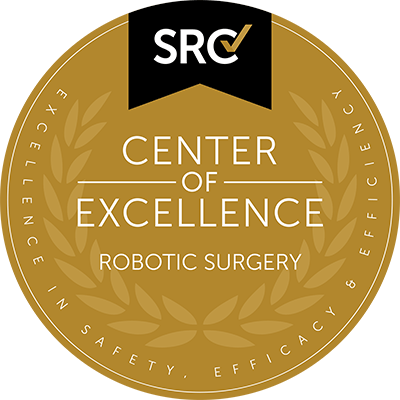There are many different diseases that affect the function of the colon, which is the longest portion of the large intestine. While medications and other treatments may help alleviate those conditions, in some cases, a surgical treatment known as colostomy may be recommended as a temporary measure or a permanent solution.
Colostomy is one type of surgery that redirects the way that fecal waste exits the body, with ileostomy being the other. These two procedures are known as “ostomy surgery.” According to the National Institute of Health, around 100,000 people in the United States undergo some type of ostomy surgery each year.
What is a colostomy?
A colostomy is a surgical procedure used to reroute the way that fecal waste exits the body. During the procedure, an opening called a stoma is created in the abdominal wall and the colon is redirected to expel waste through that stoma instead of through the anus. Waste is then collected in a pouch outside the body known as a colostomy bag.
Colostomy creation references the original surgery to create a colostomy, while a colostomy closure (or reversal) is a procedure designed to restore the natural flow of the colon, closing the stoma.
There are multiple types of colostomy:
- Ascending colostomy is done near the beginning of the large intestine. This type of colostomy is rare.
- Descending colostomy is done on the left side of the abdomen.
- Sigmoid colostomy is done in the bottom portion of the large intestine. This type of colostomy is the most common.
- Transverse colostomy is done where the colon goes across the top of the abdomen. There are three different types of transverse colostomy: loop colostomy, single-barrel colostomy, and double-barrel colostomy.
The different types of colostomy are named for the part of the colon that is being redirected to connect with the outside of the body. The consistency of stool leaving the body will vary depending on the portion of the colon involved. With a sigmoid colostomy, for example, stool is usually solid, while stool from a transverse colostomy is soft.
In addition to being the name of the surgical procedure, “colostomy” is also what the redirected colon is called after surgery.
When is a colostomy needed?
A colostomy may be recommended on a temporary basis to allow a portion of the colon or the rectum to heal, or it may be recommended as a permanent solution. Conditions that may require colostomy include:
- Abdominal abscess
- Anal fistula
- Bowel resection
- Colon or rectal cancer
- Incurable fecal incontinence
- Infections such as diverticulitis
- Inflammation from inflammatory bowel disease
- Injury to the colon or rectum
- Partial or complete intestinal obstruction
- Removal of the rectum or anus
Colostomy often follows a procedure known as a colectomy, which is the removal of part or all of the colon.
Is robotic colostomy right for me?
Many procedures, including colostomy, can now be performed in a minimally invasive way using laparoscopic or robot-assisted surgery. These procedures offer patients many benefits when compared with traditional, open procedures, including less bleeding, reduced pain, fewer complications, and a quicker recovery.
Surgeons at Northeast Georgia Medical Center (NGMC) are specialty-trained in performing robotic colostomy, offering many patients an innovative option for the procedure. Your surgeon will talk with you about your options, including whether you’re a candidate for a robotic procedure.
Center of Excellence
At NGMC, we’re committed to providing our patients with the latest and most advanced techniques and technologies, including robotic colostomy. NGMC was the first hospital in the state to be accredited as a Center of Excellence in robotic surgery, colorectal surgery, and minimally invasive surgery, along with hernia surgery and minimally invasive gynecology.
Since the introduction of robotic technology at NGMC, we have treated nearly 20,000 patients using this advanced type of surgery.


